Installations and Connections |
|
After acquiring a computer, you may have one that is ready but doesn't have an operating. You may have a computer with an operating system but that OS cannot be upgraded into Microsoft Windows Server 2003. In one of these cases, you would need to perform a new installation.
 Practical Learning: Installing the Server Operating System |
|
- If the computer doesn't have an operating system but it meets all the requirements and it can boot from the CD, start the computer. You may receive a message stating operating system missing or something like that. Open the CD drive, put the CD in the drive, and close it. Restart the computer. You should receive a message stating Press Any Key To Boot From CD (or something like that)
- Press any key to start the installation.
If your computer already has an operating system, start it. Open the CD drive, put the CD in it, and close its door. If the operating system cannot be upgraded, a message box and display and let you know. Accept to perform a new installation and click Next
- When the installation starts, it will display a blue screen with Windows Setup on top and some messages on the status bar (bottom of screen).
After a while, the screen will change and display a new title based on the version of operating system you are installing. For example, if you are installing Microsoft Windows Server 2003 Enterprise Edition, the title would display
Windows Server 2003, Enterprise Edition Setup
The body of the screen will present options to you. To continue the installation, press Enter
- The next screen will show the Windows Licensing Agreement. Read it. Since it is long, to navigate up and down, you can press Page Up or Page Down. After reading it, if you accept the terms of the license, press F8. If you don't like what it says, press ESC and stop the installation.
- The next screen asks you to select the partition you want to use to install the operating system:
- If you have only one partition and it looks small, such as less than 8 GB, simply select it
- If you have only one partition and that, regardless of its size, you want to use it wholly to install the OS, select it
- If you have only one partition but it is large and you want to create various partitions, first make sure it is selected it. Then, press C to partition it. The next screen would ask how much space you want to use for the new partition. By default, it will propose the total space for it. To reduce it, first press Backspace a few times to delete the numbers, then type the desired number of megabytes, and press Enter. Press the down arrow key to select the Unpartitioned Space option and press C. Continue in the same way until you have created the desired partitions
- If you have many partitions already, to specify which one will be used to hold the operating system, use the up and down arrow keys to select it
- After selecting the partition you will use, press Enter to install the OS in it
- The next screen will ask you to format the selected partition and specify the type of file system you want to use. Select the Format The Partition Using The NTFS File System option and press Enter
- In the next screen, the partition will get formatted. This may take a few minutes.
Once the formatting is over, the installation will continue by copying files.
After a while, a wizard, titled Windows Setup, will come up. Its first page presents you with two options.
The first choice consists of changing the Regional and Language Options. The default options will be selected depending on your version of the CD. For example, if you bought the OS intended for a US use, the US English would be selected. If you want to change the language, click the Customize button. Another dialog box, titled Regional and Language Options, would come up with English (United States) selected. You can then click the arrow of its combo box to change the language. After making your selection, you can click OK. If you don't intend to change anything, you can click Cancel.
The second option consists of making changes to the way the keyboard will interpret text. Once again, if you are installing the OS intended for a US audience, the US English is selected by default. If you want to change it, click Details. This would open the Text Services and Input Languages dialog box. You can change the language by clicking the arrow of the combo box. After making the change, you can click OK. To ignore any change, you can click Cancel or press Esc.
After dealing with the Windows Setup dialog box, click Next
- The next screen request that you enter your name or the name of the primary person who will be using the computer. You must type a name other than Administrator or Guest
- The other text box, Organization, expects the name of the company. Make sure that you provide this information
- After entering the name and the organization, click Next or press Enter
- The next page of the wizard requests the Product Key, which you must enter
- After typing the product key, click Next
- The next page of the wizard shows the options available for licensing. You should accept the Per Server option and click Next
- The next page of the wizard, expects you to type the computer name. It also suggests a default, based on the company name you would have entered previously as the Organization. You can accept the suggested name, which you can still change later on, or you can type a new name
- We haven't mentioned "user accounts" yet but during installation, a user object is created and it is named Administrator. When setting up the operating system, you must give a password to this account. Obviously the password should not be too easy. Fortunately you can give it temporary password and change it later on as your network, skills, and concerned improve. You must enter the password in the Administrator Password text box and type it again in the Confirm Password text box. Make sure you remember this password because you will need it just after the installation
- After specifying the password, click Next
- The next page of the wizard allows you to set the date, the time, and the time zone that the server will use. Most of the time, the computer finds out the right date and the right time and it selects them. On the other hand, you should adjust the time zone if the default is not the right one. This page of the wizard also allows you the let the computer adjust its clock when daylight time is switched during the year. The option to change this is selected by default. If you don't want the computer to take care of that, you can remove the check mark on the check box.
After changing the options or making sure that they are right, click Next
- After clicking next, the wizard is closed and the installation continues copying files.
After a few minutes, a new wizard, titled Windows Setup, comes up. This time, it will ask you to accept or change the network settings of the server. The first option allows you to let the installation take care of networking details. The second option allows you to manually set them.
Because we will review the details of this wizard in later lessons, accept the Typical Settings option and click Next
- The next page of the wizard allows you to actually make this computer into a server.
Accept the first option not to "join" a domain.
The wizard suggests WORKGROUP as the name of the "domain". If you don't like that name, change it. If you can't come up with a domain, you can use the one we will use. For our lessons, our domain will be called Neptune. In this case, in the top text box, type NEPTUNE
- After entering the name of the domain, click Next
- After clicking Next, the wizard will start copying the files, again.
Once the installation has finished copying the files, the computer will start. When the computer comes back, you will be asked to log in.
Press Ctrl + Alt + Delete to log in
- Accept the User Name as Administrator.
In the Password text box, type the password you entered during the installation
- Click OK.
If you see a window titled Manage Your Server, congratulations: you have finished installed Microsoft Windows Server 2003
After you have installed Microsoft Windows Server 2003 as we did above, it is primarily a regular computer. To use it as a server, you must properly transform. Fortunately, this is an easy process. When the computer comes up and displays the desktop, the first window you see, titled Manage Your Server, allows you define the "role" of the computer. A convenient link is available in the middle of the window. |


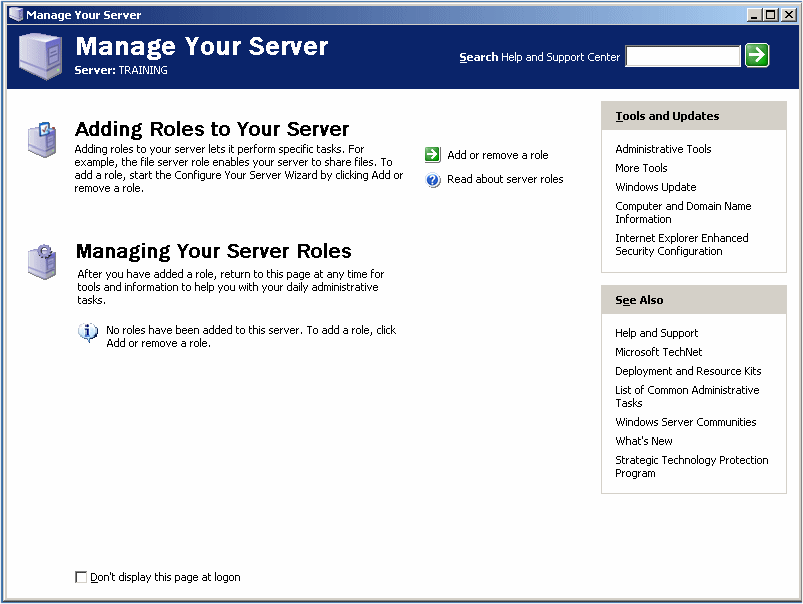
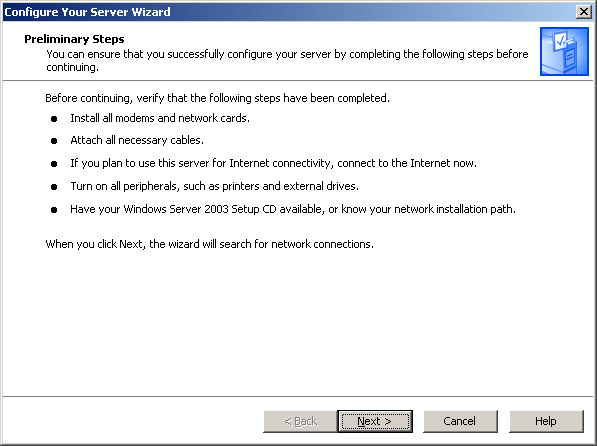
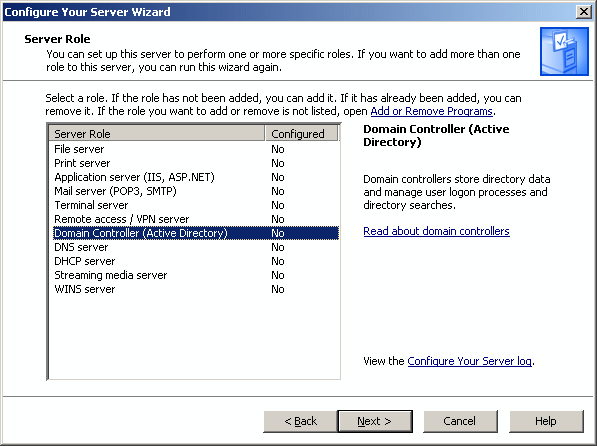

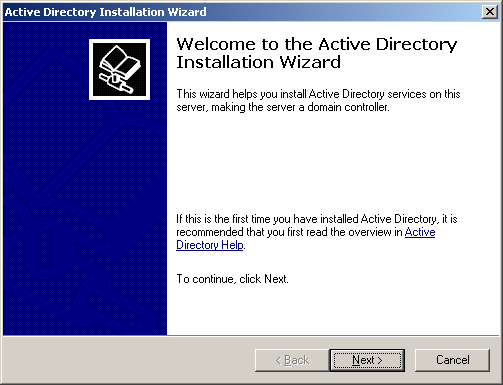
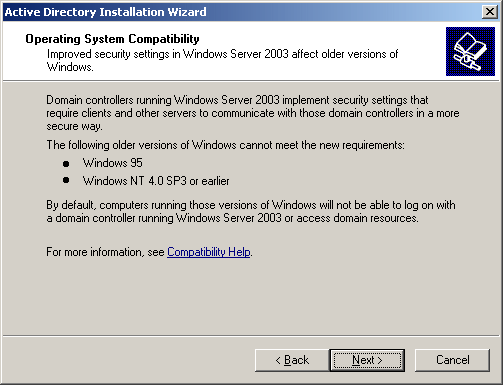
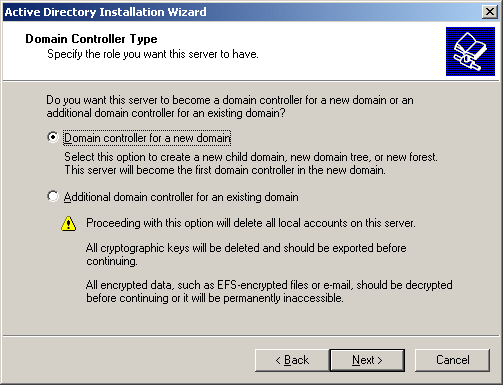
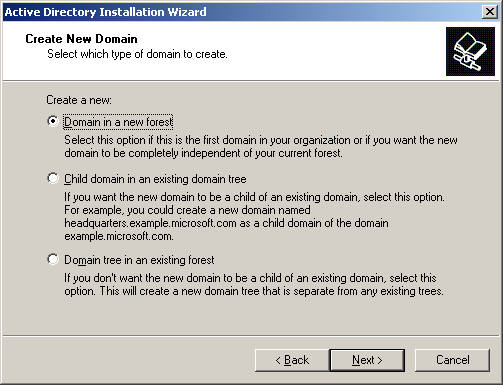
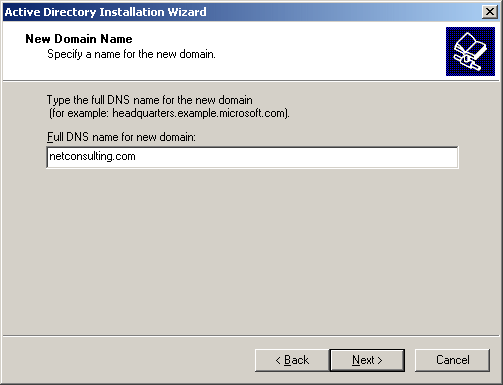

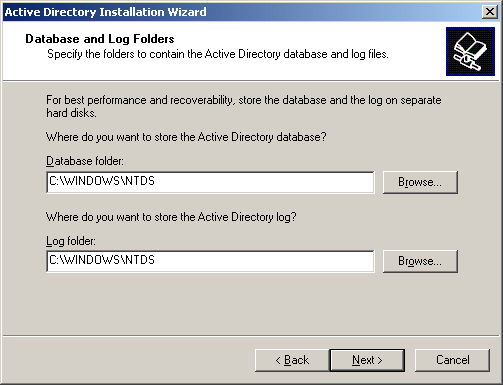
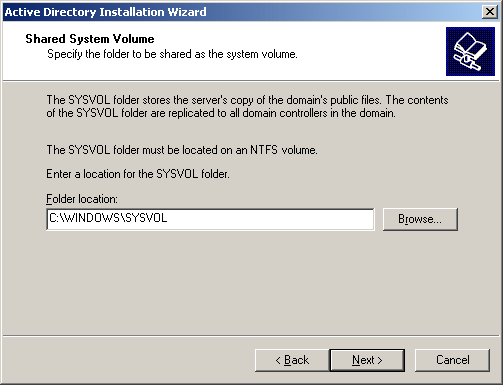
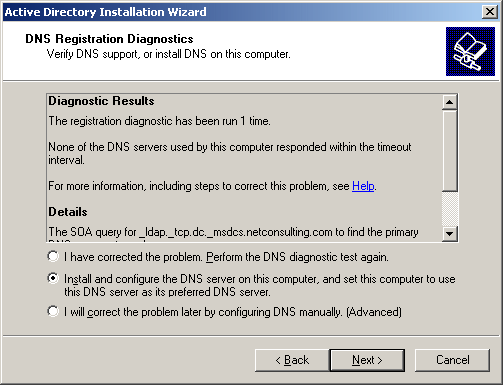
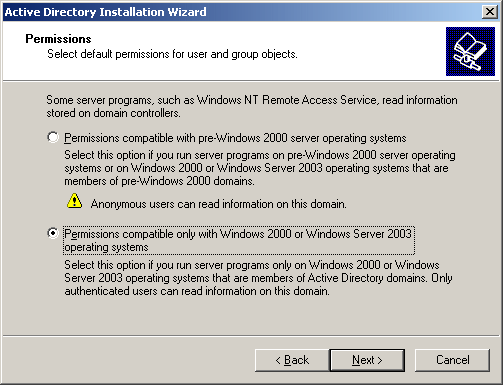
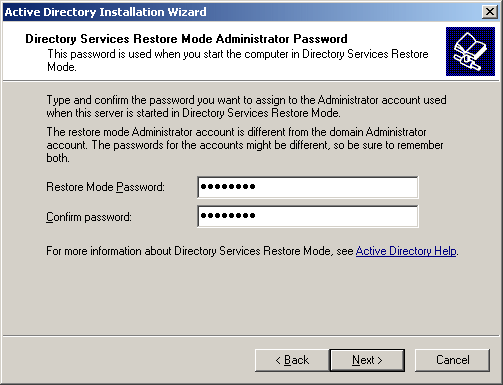
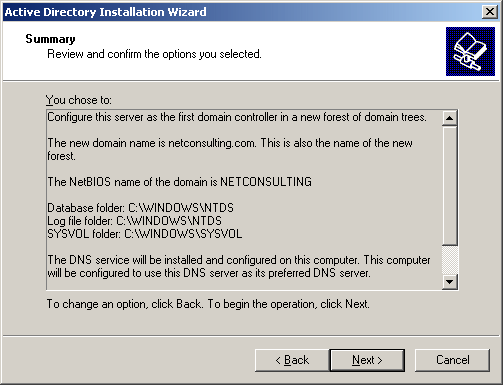
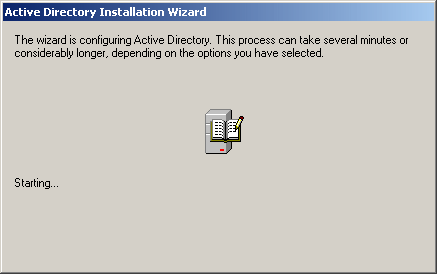
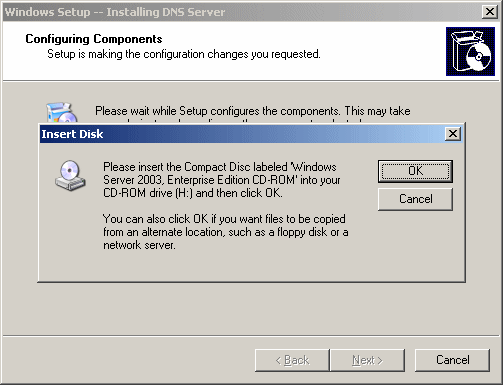
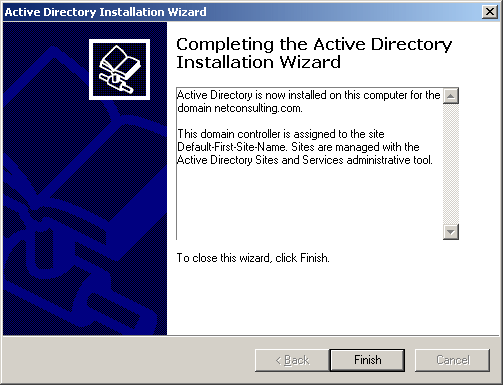
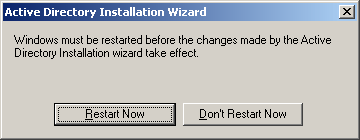
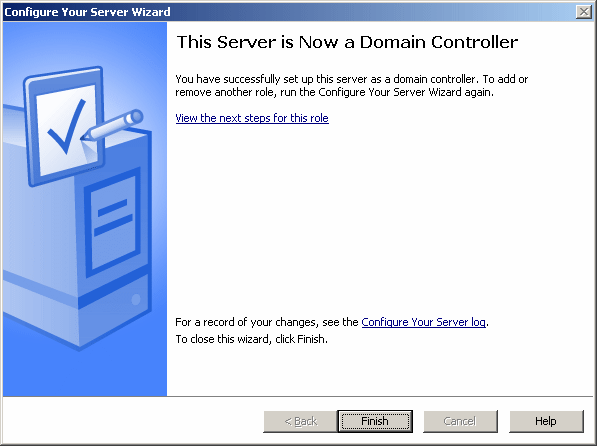



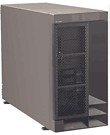

0 comments:
Post a Comment
Add Your Comment Below